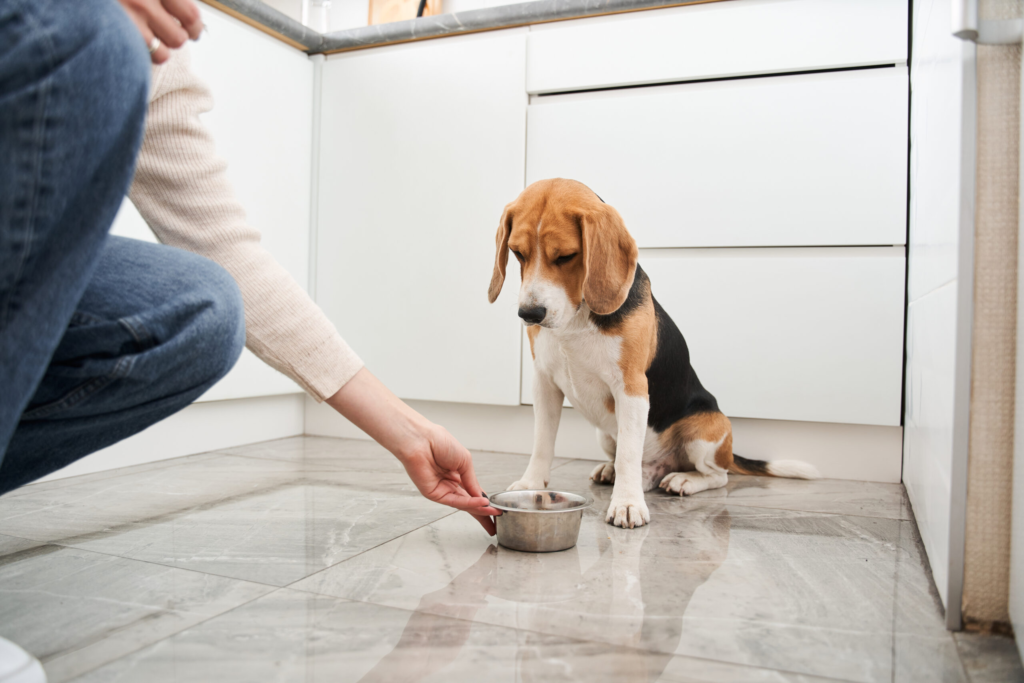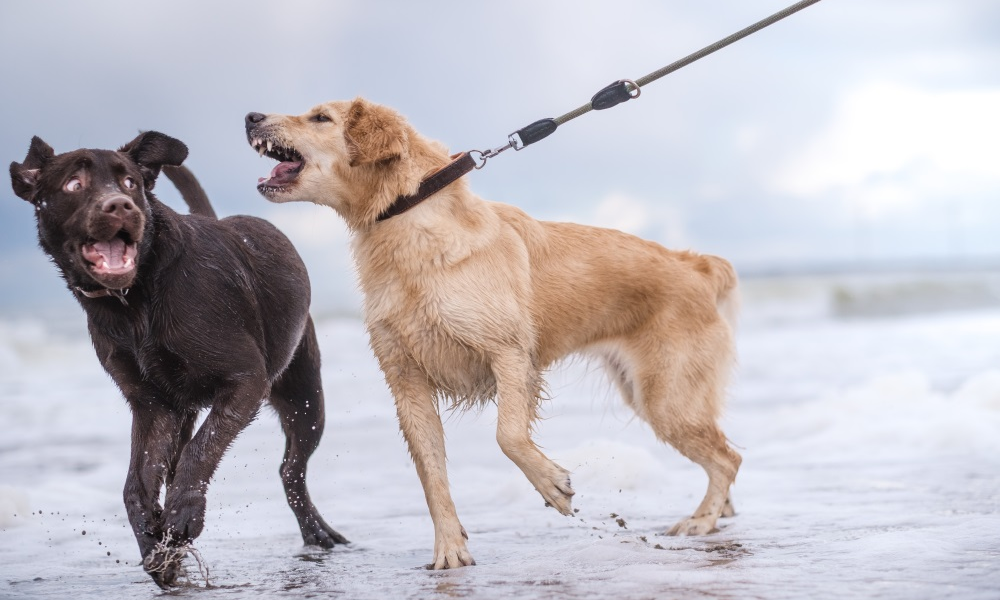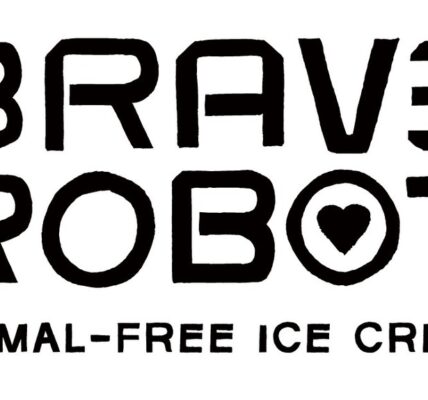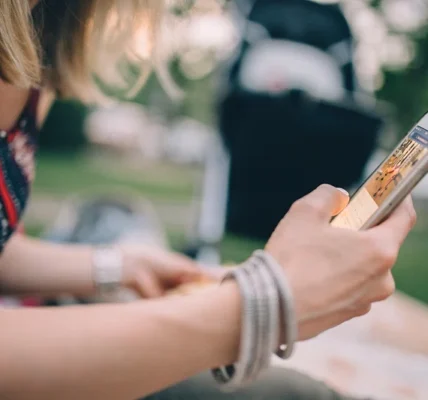
Breaking a spoiled dog of their habits requires patience, consistency, and positive reinforcement. Spoiled dogs often develop undesirable behaviors such as excessive barking, begging for food, jumping on people, or being overly demanding for attention.
Steps to Breaking a Spoiled Dog of Their Habits
To help your dog unlearn these habits and develop better behavior, here’s a step-by-step guide:
1. Identify Specific Problem Behaviors
Before you can address your dog’s bad habits, it’s important to clearly identify them. Common spoiled dog behaviors might include:
- Begging for food
- Jumping on furniture without permission
- Demanding constant attention (barking, whining, or pawing at you)
- Pulling on the leash during walks
- Ignoring commands
- Excessive barking
Once you’ve pinpointed the problem behaviors, you can create a plan to address each one.
2. Stop Reinforcing Bad Behavior
Many spoiled behaviors are reinforced by the owner without realizing it. For instance, if your dog begs for food and you give in, or if they bark for attention and you respond, you’re reinforcing the behavior. So, for breaking a spoiled dog of their habits:
- Don’t Reward Bad Behavior: If your dog begs, jumps on you, or demands attention, ignore them. By not giving in, you show your dog that bad behavior doesn’t result in a reward.
- Avoid Giving Table Scraps: Begging is often caused by feeding dogs human food during meals. Stop feeding your dog from the table, and instead, provide them with meals at their scheduled times.
- Ignore Attention-Seeking Behavior: If your dog barks, whines, or paws at you for attention, don’t acknowledge them. Wait until they are calm and quiet, then give them attention. This teaches them that calm behavior gets rewarded.
3. Establish Clear Boundaries and Rules
Spoiled dogs often lack clear rules and boundaries. It’s important to be consistent and firm when establishing new limits:
- Set House Rules: Decide on house rules and stick to them. For example, if your dog is not allowed on the furniture or bed, make sure everyone in the household enforces this rule.
- Use Commands Consistently: Always use the same commands for the same actions (e.g., “sit,” “stay,” “down”) and expect your dog to obey them. Consistency is key to changing behavior.
- Teach Respect for Space: If your dog is used to getting in your space (e.g., sitting on you, jumping on you), teach them to wait for permission. You can use commands like “off” to reinforce boundaries.
4. Positive Reinforcement for Good Behavior
While you want to discourage bad behavior, it’s equally important to reward good behavior. Positive reinforcement helps your dog learn what you want them to do:
- Reward Calm Behavior: When your dog is quiet, calm, or relaxed, give them praise, treats, or attention. This reinforces the idea that calm behavior is the way to get what they want.
- Use Treats, Toys, or Affection: Every time your dog follows a command or exhibits positive behavior, reward them with something they love, whether it’s a treat, a favorite toy, or affection.
- Be Consistent with Timing: Make sure the reward follows immediately after the good behavior so your dog understands what action is being rewarded.
5. Implement Training Sessions
Training is crucial to breaking bad habits and reinforcing good ones. Regular training sessions keep your dog mentally stimulated and remind them of proper behavior:
- Basic Obedience Training: Revisit basic commands such as “sit,” “stay,” “come,” and “leave it.” Practicing these commands daily helps reset your dog’s focus on following your instructions.
- Use a Clicker or Marker Word: A clicker or a specific word (like “yes” or “good”) can help mark the exact moment your dog does something right. This speeds up learning and helps your dog associate rewards with specific actions.
- Short, Frequent Sessions: Keep training sessions short (5-10 minutes) but frequent. Training multiple times a day can be more effective than long, drawn-out sessions.

6. Teach Alternative Behaviors
Rather than just telling your dog what not to do, show them what they should do instead. Teaching alternative behaviors helps replace bad habits:
- Teach “Place” Command: If your dog begs for food, teach them to go to a designated spot (like their bed or a mat) when you’re eating. Reward them for staying in that spot quietly.
- Redirect Jumping: If your dog jumps on guests or family members for attention, teach them to sit when they greet people. Reward them when they sit instead of jumping.
- Encourage Calm Greetings: For dogs that get overly excited when people come home, ignore their excitement until they are calm, then greet them.
7. Control Excessive Barking
Spoiled dogs may bark excessively to get attention or out of frustration. To curb this:
- Ignore Demand Barking: If your dog barks for attention, do not acknowledge them. Only give them attention when they stop barking.
- Teach the “Quiet” Command: When your dog starts barking, calmly say “quiet” and wait for them to stop barking. The moment they stop, reward them with a treat and praise.
- Use Distractions: If your dog barks at specific triggers (like the doorbell), try to redirect their attention with commands or a toy.
8. Proper Leash Training
If your dog pulls or misbehaves on walks, consistent leash training is essential:
- Teach “Heel” or “Loose Leash Walking”: Show your dog that walking on a loose leash is rewarding. If they pull, stop walking immediately until they stop pulling. Once they calm down, resume walking.
- Use Treats to Reinforce Good Behavior: Reward your dog with treats when they walk calmly beside you. Over time, they’ll learn that staying near you is more rewarding than pulling ahead.
9. Provide Physical and Mental Exercise
Many spoiled dogs act out because they are bored or have too much pent-up energy. Ensuring your dog gets enough exercise and mental stimulation can drastically improve behavior:
- Daily Walks and Playtime: Dogs need regular exercise to burn off excess energy. Ensure your dog gets enough walks, play sessions, and time to explore outdoors.
- Mental Stimulation: Engage your dog with puzzle toys, training games, and interactive activities that challenge their brain and keep them from becoming bored.
10. Consistency is Key
Breaking bad habits takes time, and consistency is crucial. Make sure every family member is on the same page and follows the same rules and routines:
- Everyone Must Participate: All household members must follow the new rules, such as not giving the dog table scraps or not allowing them on furniture. Inconsistency confuses the dog and slows progress.
- Be Patient: It may take weeks or even months to fully break bad habits. Patience and persistence are necessary to see lasting results.
11. Seek Professional Help if Necessary
If your dog’s bad habits are deeply ingrained or if they exhibit aggressive or anxious behaviors, consider working with a professional dog trainer or behaviorist:
- Trainers Can Customize Plans: A professional can assess your dog’s behavior and create a tailored training plan to address the issues you’re facing.
- Behaviorists for Complex Issues: If your dog’s behavior is linked to anxiety, fear, or aggression, a certified behaviorist can help address the underlying emotional issues while also modifying the behavior.
Breaking a spoiled dog of their habits involves not only discouraging undesirable behaviors but also reinforcing positive alternatives. By establishing clear boundaries, using positive reinforcement, and providing consistent training and exercise, you can help your dog unlearn spoiled behaviors and develop good habits. The key is to be patient, consistent, and proactive in creating an environment where your dog can thrive and feel secure.




